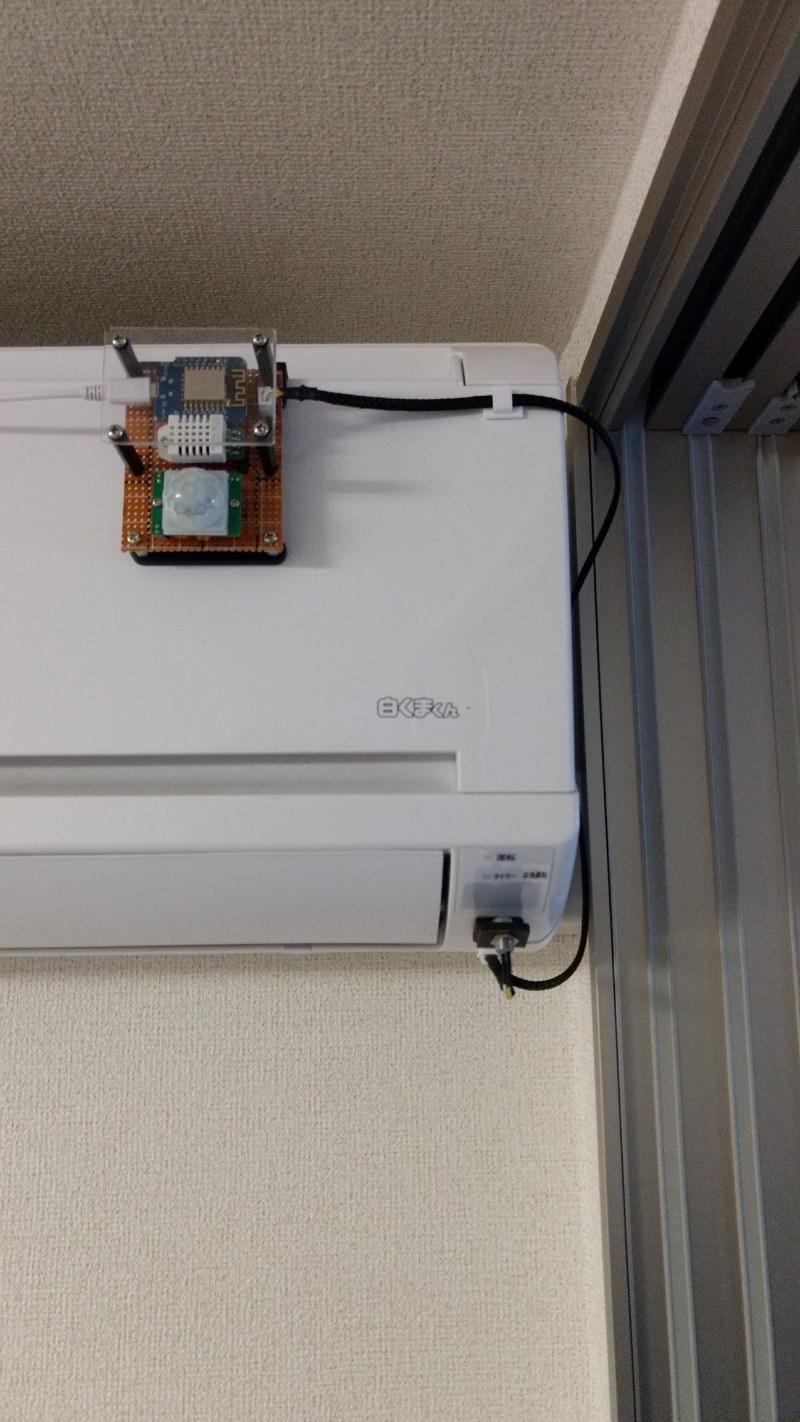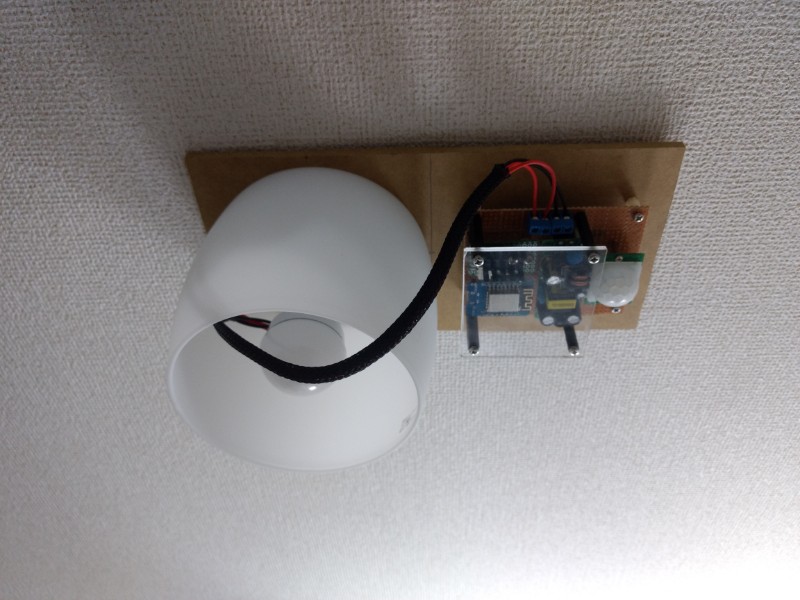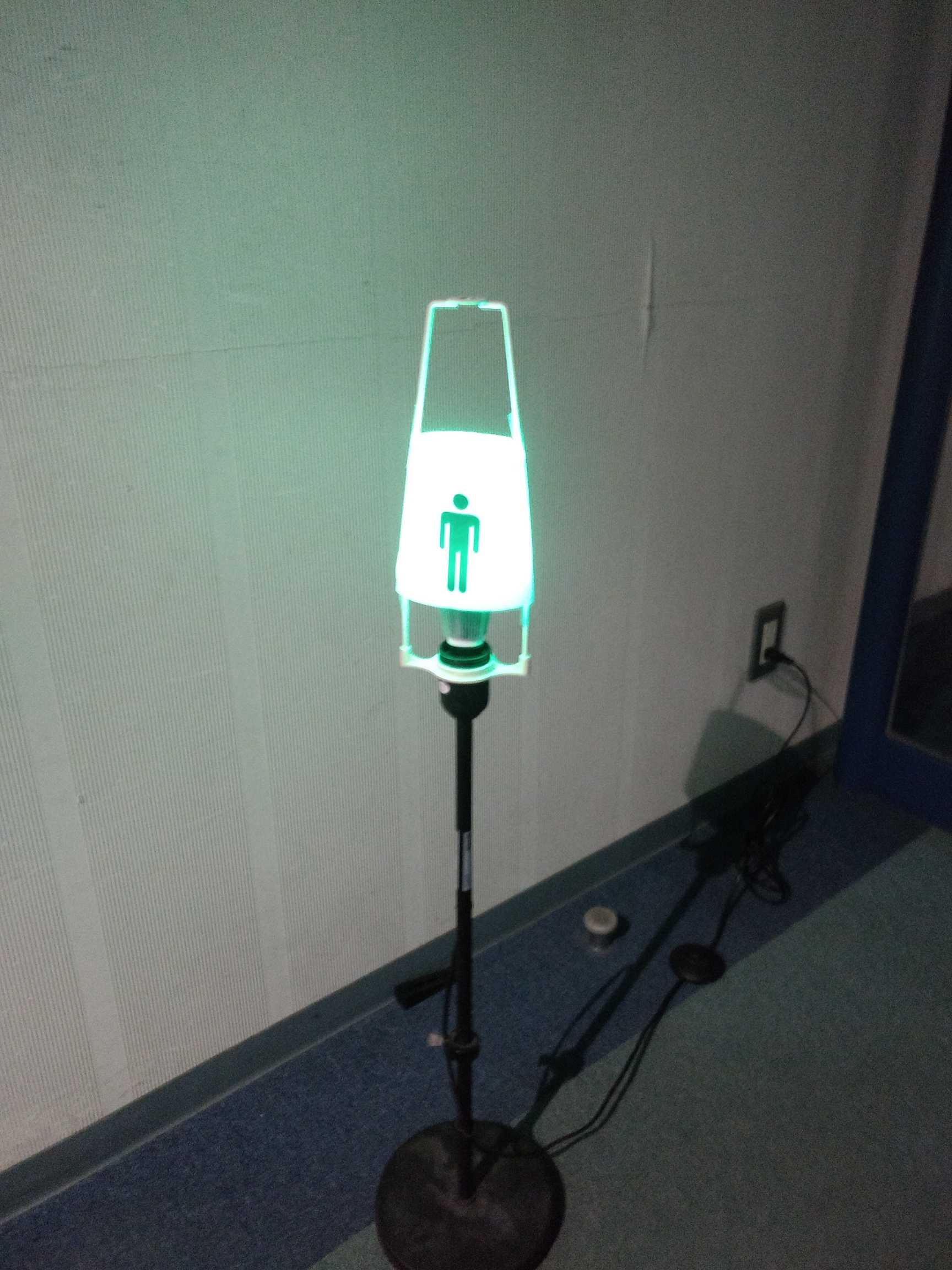Articles
IoT sensor module

Although a wide variety of sensing devices can be envisioned for home automation systems, motion and temperature sensors are among the most widespread. This is mostly due to their low cost and simplicity of use. In order to equip multiple rooms of my apartment with such sensors, I designed a simple IoT sensing module that can easily be produced in any quantity.
IoT EM4305 RFID Reader

RFID tags come in various forms and sizes, from standard plastic cards to chips that can be implanted in one's hand. I got particularly interested in RFID rings, which can be purchased online for less than USD 20$. Those are based on EM4305 chips, which require a compatible reader. Thus, I designed an IoT EM4305 reader that can exchange data over MQTT with other devices.
IoT Kernel
Over the years, I have written firmwares for various IoT devices such as lights, locks or heaters. Those firmwares would generally handle a common set of basic functions like managing wifi connection, serving a configuration web interface over HTTP or exchange MQTT messages. However, having to implement and maintain those functions for each individual firmware quickly became tedious work. Consequently, I decided to write a library to handle all those basic functions. This library is used as a base for IoT device firmwares, on top of which device-specific logic can easily be added.
Cashless payment system

A company I worked for had a coffee machine for which employees could purchase coffee. However, the payment was done by putting coins in a jar. Not only did this present the obvious risk of theft, this system was also impractical for people not carrying spare change at all time. I decided to solve this issue by designing this cashless payment system.
IoT air conditioner controller

Air conditioners consume a fair amount of electricity. As such, forgetting to turn one off before leaving one's home can result in an expensive electricity bill. This is a Wi-Fi enabled controller for air condtioners, which can turn the unit on or off according to MQTT messages. It is built around an Wemos D1 mini and interfaces with the AC using an IR LED.
Light controller with PIR sensor

This is an IoT ceiling light controller which includes an HC-SR501 PIR motion sensor. It is built around a Wemos D1 mini (ESP8266 breakout board), which controls a homemade TRIAC breakout board. TRIACs provide the advantage of switching devices on and off silently, as opposed to a mechanical relay.
IoT heater controller

The thermal insulation of my apartment not being the best, I decided to buy an electric heater in order not to freeze during cold winter nights. However, the one I got was probably too powerful for my needs and letting it run for too long would heat up my place too much. Thus, I added a wifi enabled controller to it so its operations are controlled by my home automation system.
DHT and PIR sensor module

This project consists of an HC-SR501 PIR motion sensor and a DHT22 temperature and humidity sensor connected to a Wemos D1 mini, an ESP8266 breakout board.
Bathroom occupancy monitor

One of the companies I used to work for had a serious bathroom issue: My floor had only three toilet stalls for about 200 employees. There were countless times when I would walk all the way to the bathroom only to find all stalls occupied. I built this simple system to quickly identify whether one or more stall were. It consists of an IoT sensor installed on the bathroom stalls' door and an indicator placed somewhere easily visible.
IoT lock
Have you ever left your apartment and couldn't remember if you locked your front door or not? Sadly, if it is unlocked, there is not much you can do about it until you get back home. This system is an attempt to solve the problem. Simply put, it consists of attaching an actuator to the door's original locking mechanism control it with through WiFi.